京劇(Beijing
Opera)
清代乾隆五十五年(1790年)起原在南方演出,多以安徽籍藝人為主的四大徽班陸續(xù)進入北京,與來自湖北的漢調藝人合作,同時接受了昆曲、秦腔的部分劇目、曲調和表演方法,又吸收了一些地方民間曲調,通過不斷的交流、融合,最終形成京劇。
京劇在文學、表演、音樂、舞臺美術等各個方面都有一套規(guī)范化的藝術表現形式。京劇的唱腔屬板式變化體,以二簧、西皮為主要聲腔。京劇伴奏分文場和武場兩大類,文場以胡琴為主奏樂器,武場以鼓板為主。京劇的角色分為生、旦、凈、丑、雜、武、流等行當,后三行已不再立專行。各行當都有一套表演程式,唱念做打的技藝各具特色。京劇以歷史故事為主要演出內容,傳統(tǒng)劇目約有一千三百多個,常演的在三四百個以上。
京劇流播全國,影響甚廣,有“國劇”之稱。京劇是中華民族傳統(tǒng)文化的重要表現形式,其中的多種藝術元素被用作中國傳統(tǒng)文化的象征符號。2006年5月,京劇被國務院批準列入第一批國家級非物質文化遺產名錄。 2010年,被列入聯合國教科文組織非物質文化遺產名錄(名冊)人類非物質文化遺產代表名錄。
In the fifty-fifth year of Qianlong in the Qing Dynasty (1790), it
was originally performed in the south. Four Anhui troupes, mainly Anhui
artists, entered Beijing one after another, cooperated with artists from Hubei,
accepted some repertoires, tunes and performance methods of Kunqu Opera and
Qinqiang Opera, and absorbed some local folk tunes. Through continuous
communication and integration, Peking Opera was finally formed.
There is a set of standardized artistic expression in Beijing Opera:
literature, performance, music, stage art and other aspects. The
accompaniment of Peking Opera can be divided into two categories: Wenchang
(mainly singing and dialogue) and Wuchang (martial arts). The musical
instrument in Wenchang is Hu Qin, and the drum Mainly in Wuchang. The roles of Peking Opera are
divided into Sheng, Dan, Jing, Chou, etc. Each character has a different
performance program. With historical stories as the main performance content,
there are more than 1,300 traditional repertoires, and more than 300 or 400 are
often performed.
Beijing Opera has spread all over the country, with a wide
influence, and is known as "national opera". Beijing Opera is an
important manifestation of Chinese traditional culture, in which many artistic
elements are used as symbols of China traditional culture. In May 2006, Peking
Opera was approved by the State Council to be included in the first batch of
national intangible cultural heritage list. In 2010, it was listed in the
UNESCO Intangible Cultural Heritage List as the representative list of human
intangible cultural heritage.
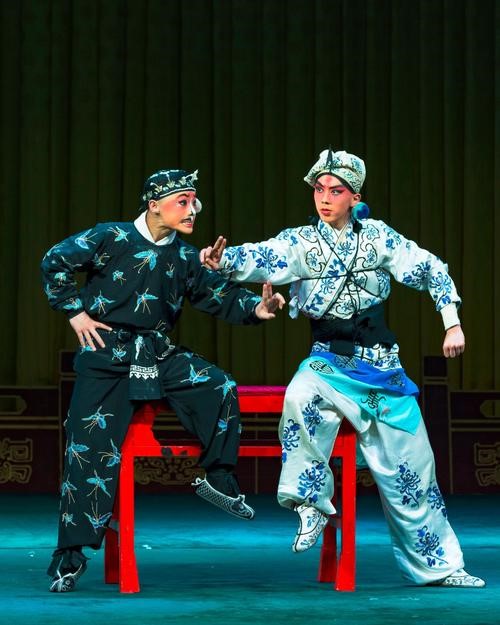
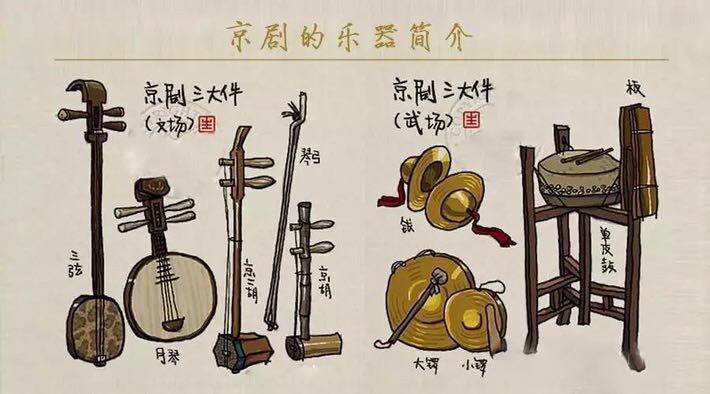
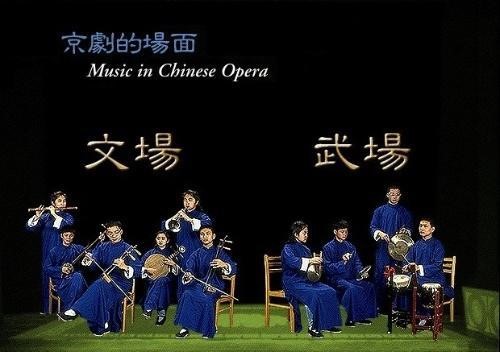
板鼓BanGu
槌擊膜鳴樂器,因常與拍板由一人兼奏而得名,并有“單皮”(一面蒙皮)和“班鼓”(過去戲班專用)之稱,最早出現于唐朝,隨著明清戲曲藝術的發(fā)展,廣泛用于昆曲、京劇等地方戲曲伴奏中在,是中國戲曲樂隊中的指揮樂器。
鼓身用優(yōu)質硬木料制作,由5塊較厚木板拼合而成,鼓身直徑25厘米,中間振動發(fā)音的鼓面僅有5~10厘米,鼓膛呈八字形,鼓邊高9.5厘米。鼓皮用牛皮,繃緊于整個板面直到鼓的底邊。蒙皮的鼓膛部分,是敲擊發(fā)音部位。板鼓發(fā)音的高低,取決于鼓膛的大小和蒙皮的松緊。為保持鼓皮的張力,所釘鼓釘較多,并在底部箍以鐵圈。
Drumsticks hit the "membrane" sounding instrument, which is named because it is often played with clappers by one person. It is also known as "single skin" (with one skin covered) and "class drum" (used exclusively by troupes in the past). It first appeared in the Tang Dynasty, and with the development of opera art in Ming and Qing Dynasties, it was widely used in the accompaniment of Kunqu opera, Beijing opera and other local operas. It is the conductor instrument in China opera bands.
The drum body is made of high-quality hard wood, which is made up of five thick wooden boards. The diameter of the drum body is 25 cm, the middle vibrating surface is only 5 ~ 10 cm, in the bottom of drum is the shape of an octagon , and the drum edge is 9.5 cm high. The skin of the drum is made of cowhide, which is stretched on the whole panel until the bottom edge of the drum. The center part of the drum surface is the percussion pronunciation part. The pronunciation of the drum depends on the size of the drum cavity and the tightness of the drum skin. In order to keep the tension of the drum skin, more drum nails are nailed, and an iron ring is tied at the bottom.
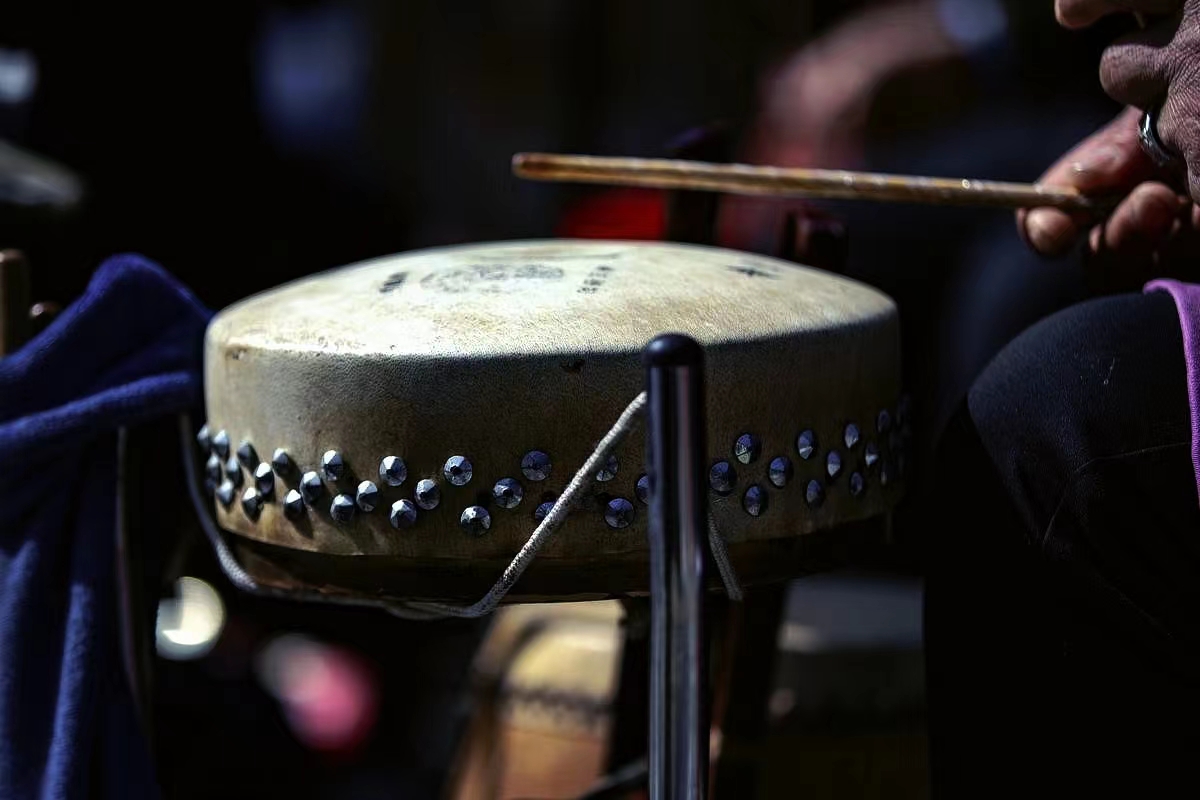
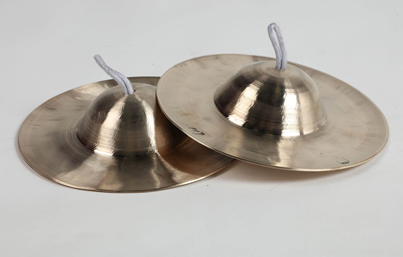
鐃鈸NaoBo (Cymbal)
中國傳統(tǒng)京劇伴奏打擊樂器,有大小不同的多種形制。在大鑼和小鑼中間加強節(jié)奏,并起聯系作用。有時也代替大鑼配合某些武打動作。普遍應用于長江以北傳統(tǒng)戲曲音樂中
China traditional Peking Opera accompaniment percussion instruments.There are many shapes of different sizes. Strengthen the rhythm between the big gong and the small gong, and play a connecting role. Sometimes, instead of gong, it also matches some martial arts movements.Are widely used in traditional opera music in the north of the Yangtze River.
大鑼(Big Gong)
銅制,直徑約30公分,有鑼門(即鑼心,直徑約10公分的圓平面)、鑼邊(與鑼心相連的外圍斜面)兩部分。奏時左手持鑼繩,使鑼面垂直,右手持擊槌,以槌頭(用布裹成)擊打鑼門或鑼邊而發(fā)音。鑼音高亢。
京劇所用形體較小,稱京鑼。多用于武將或袍帶人物的上下場,或戰(zhàn)爭及配合突變的情感等。
Made of copper, with a diameter of about 30 cm, it has two parts: gong door (i.e. the centre of the gong, round plane with a diameter of about 10 cm) and gong edge (peripheral slope connected with gong core). When playing, hold the gong rope in your left hand, make the gong face vertical, hold the hammer in your right hand, and strike the door or edge of the gong with the hammer head (wrapped in cloth) to pronounce it. The gong is loud.
Peking Opera is called Jingluo because of its small form. It is mostly used for the going up and down of military commanders or people in robes, or for wars and sudden changes of emotions.
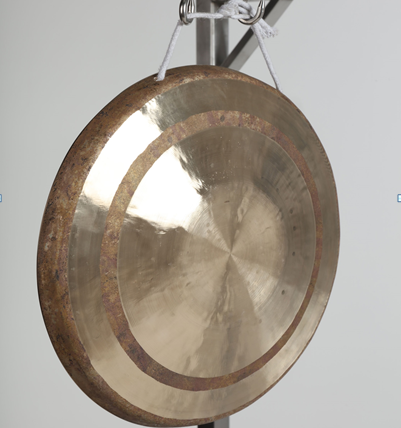
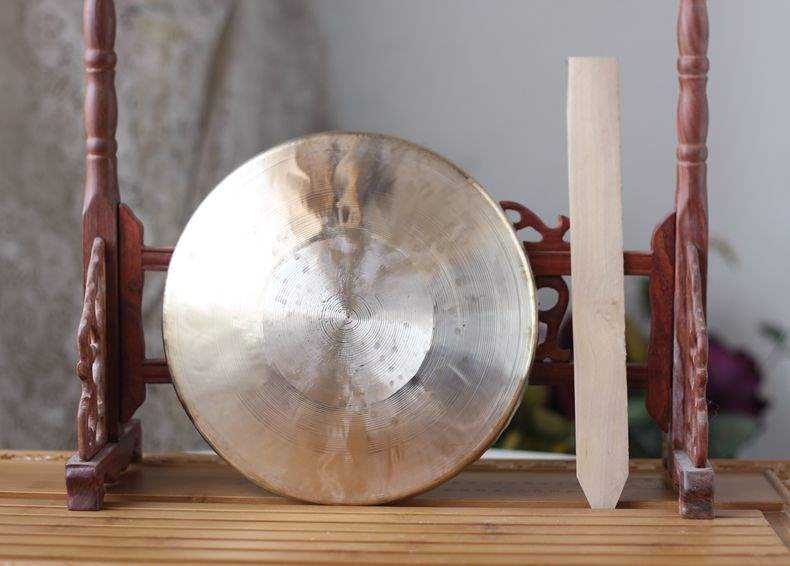
小鑼(Samll Gong)
銅制,直徑約20余公分。演奏時左手食指、拇指掐住鑼邊,右手持鑼板(長約17公分的竹片),以鑼板下端側面斜棱擊打鑼門或鑼邊而發(fā)音,發(fā)音清朗。多用于文人、女性或詼諧人物(如丑角)的上下舞臺和配合各種表演上的小動作。
Made of copper, about 20 cm in diameter. When playing, the left index finger and thumb pinch the gong edge, and the right hand holds the gong board (bamboo piece about 17cm long), and strikes the gong door or the gong edge with the oblique edge at the lower side of the gong board to pronounce it clearly. It is used for many literati, women or witty characters (such as clowns) to go up and down the stage and cooperate with various performances.

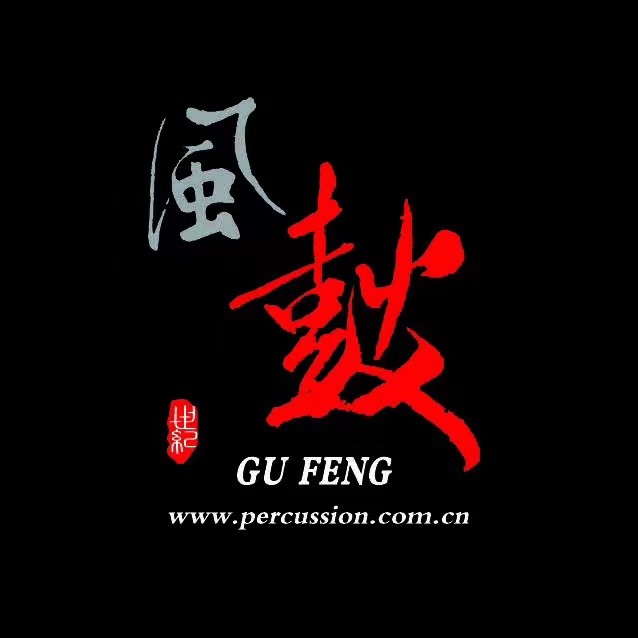
以上為部分品牌產品展示 ,具體請關注圖中二維碼
The following are some of the brand products show ,
please scan the QR code in the picture